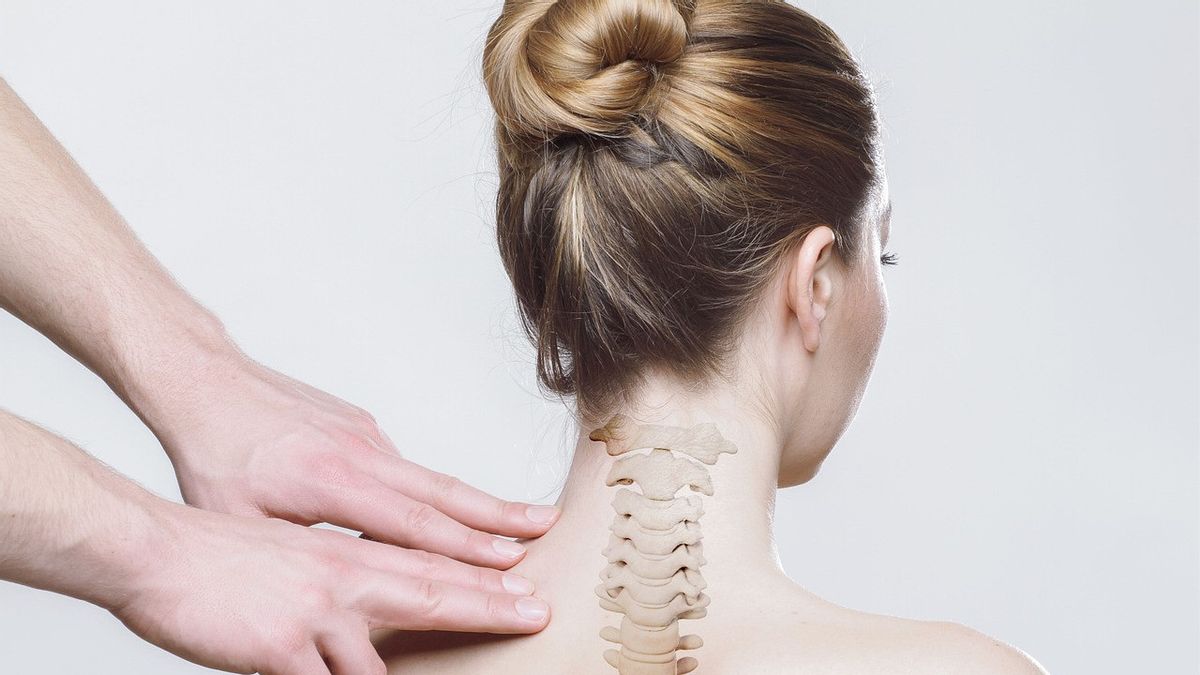YOGYAKARTA Cervical examination technique is an examination method to see the abnormalities caused by servical trauma.
Citing Ai-care, cervical trauma is an injury to the cervical bone due to mechanical energy. In addition to bones, cervical injuries include injuries to the spinal cord and tissue around the neck. Although the case is rare, this condition can result in long-term paralysis.
What is meant by the cervical bone is the backbone segment which is located at the top of the neck.
Seven cervical bones and functions to protect the bone cord in them.
Cervical bones belong to the spinal segment that is prone to injury. The bones that are often injured are the areas of servical 2.5, 6 and 7.
Masih dari Ai-Care, berikut ini adalah beberapa teknik pemeriksaan servical yang dapat membantu mendeteksi kebagian-pelahan akibat trauma servical:
1. Interview and physical examination
Interviews and physical examinations are important to identify spinal cord injuries. Broken bones and shifted bones can cause stiffness or neck pain.
When performing this examination method, the doctor will ask about the injury mechanism.
Spinal cord injuries should be suspected in unconscious patients, experiencing neck pain, and patients who have evidence of complaints of nerve injuries.
For physical examination, it must include a detailed neurological examination (saraf), namely:
A neurological examination is very important. Assessment of the cervical nerve can help determine the area and location of the injury. Here are the parts of the cervical and the area it describes:
Symptoms showing neurological disorders at one of these levels include:
Initial treatment begins with the stabilization of patients and the implementation of advanced life-saving protocols. After his condition is stable, further examination is carried out, such as an x-ray examination of the neckbone from various sides.
2. CT Scan
This servical examination technique can only be carried out on high-risk patients such as patients with changes in mental status.
If the x-ray X-ray is normal and the patient does not have a neurological deficit (neural disorder), the X-ray position of the reflection ( bending movement) and existence ( bending movement) and extension of the straightening movement) must be carried out.
CT Scan examinations on critical trauma patients are carried out if:
3. Magnetic Resonance Imaging (MRI)
Doctors may use the MRI method if cervical trauma patients show neurological symptoms but X-ray photos and/or CT scans are normal. This servical examination technique can also be used to evaluate the location of the stress on the nerves.
That's information about the servical examination technique. Hopefully this article can add insight to the loyal readers of VOI.ID.
The English, Chinese, Japanese, Arabic, and French versions are automatically generated by the AI. So there may still be inaccuracies in translating, please always see Indonesian as our main language. (system supported by DigitalSiber.id)













